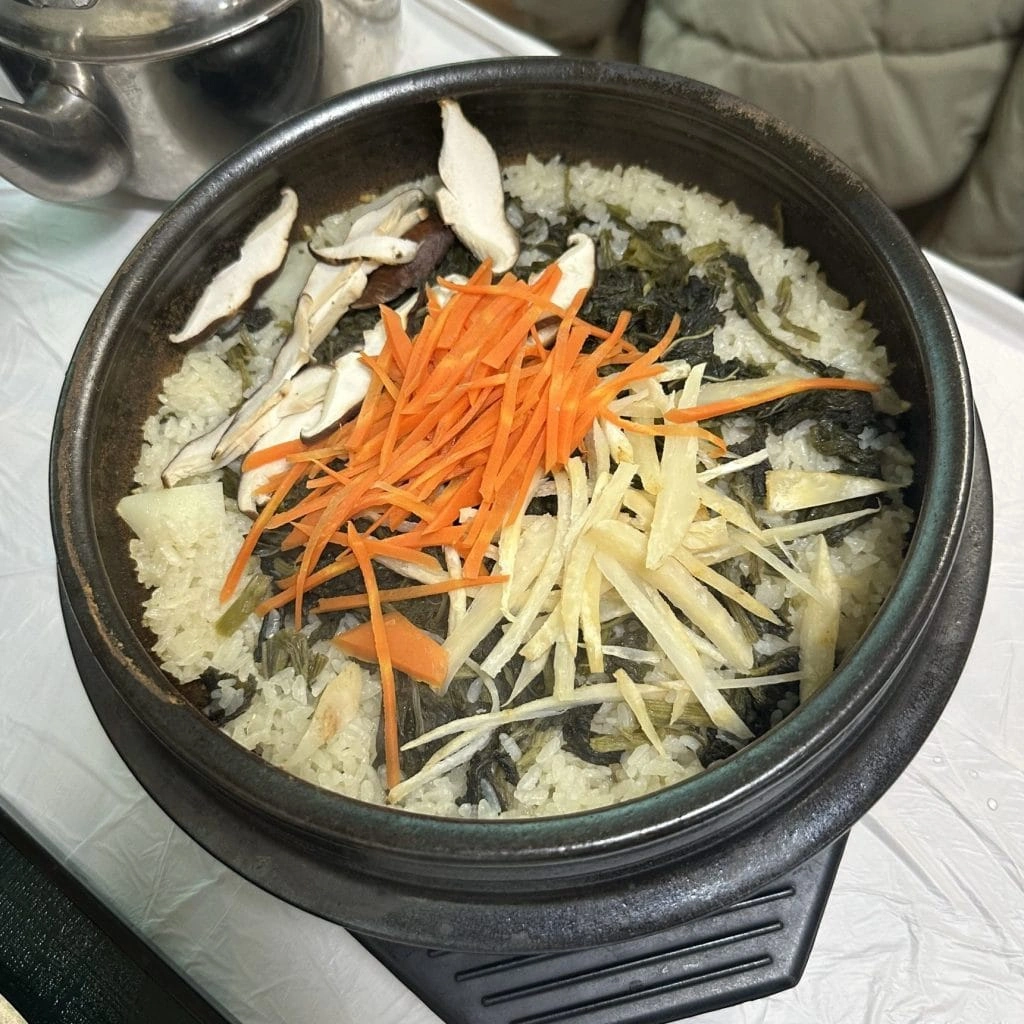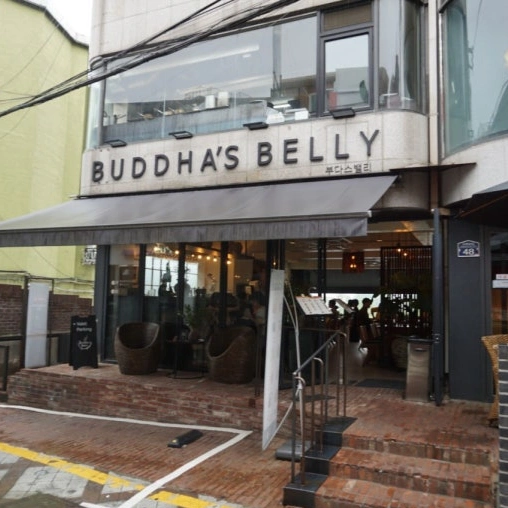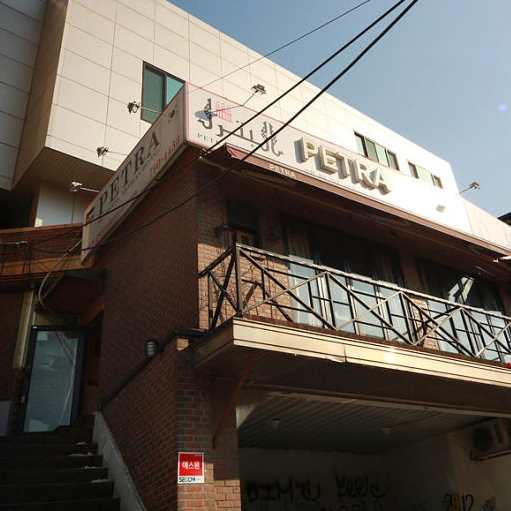Just steps from the Hwacheon Sancheoneo Ice Festival, Gangwon Namulbap serves Korea’s beloved vegetable rice in steaming earthen bowls. Discover the taste of wild greens, heritage, and winter warmth in one unforgettable meal.
Introduction: A Bowl of Warmth in the Snow
Snow crunched under my boots as I wandered past fish-shaped lanterns and ice-carved sculptures at the Hwacheon Sancheoneo Ice Festival. With fingers numbed from the cold and the smell of wood smoke in the air, I stumbled into a cozy restaurant tucked beside the festival grounds.
Inside, a gentle warmth wrapped around me—and minutes later, a bubbling earthen bowl of Namulbap (나물밥) arrived, carrying the aroma of forests, soil, and home. This was more than lunch. It was a full-body thaw, a hug from tradition, and one of the most memorable meals of my trip.
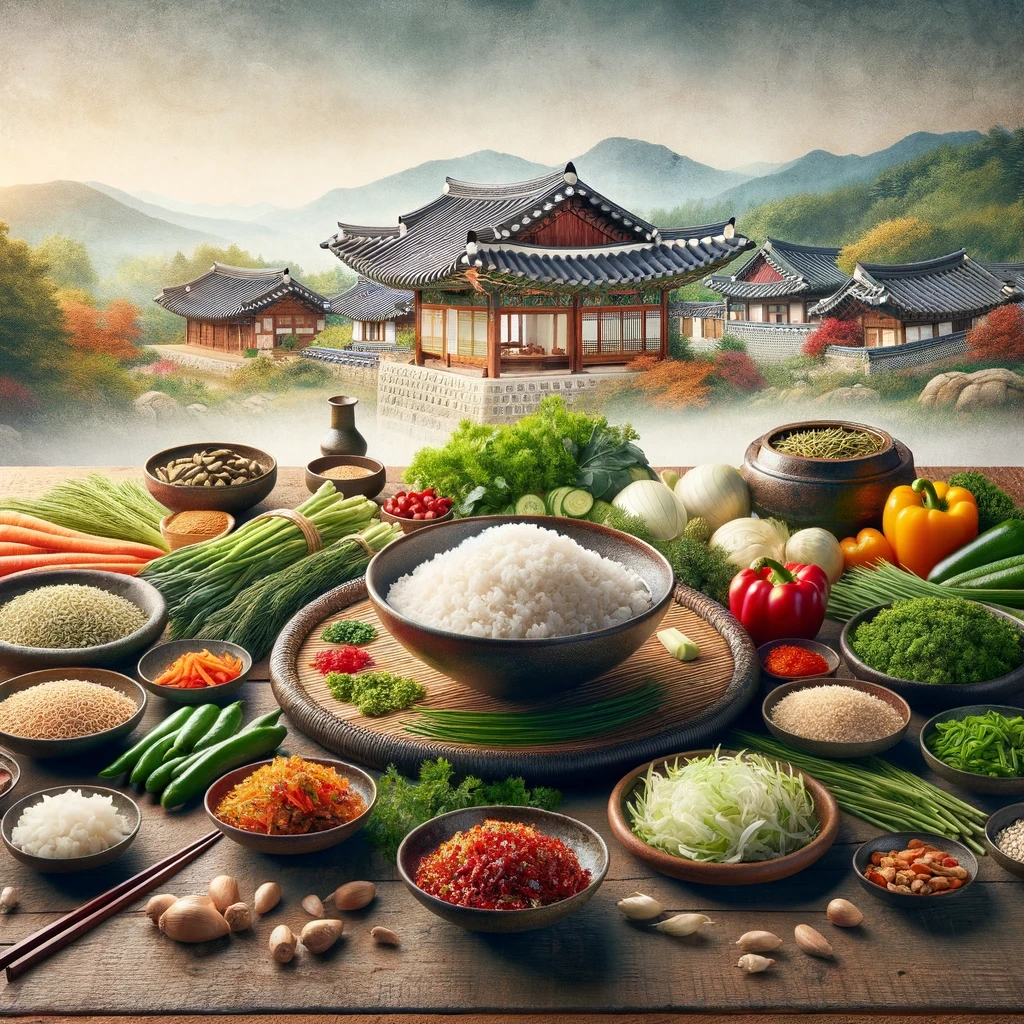
What Is Namulbap?
Namulbap, which literally means “vegetable rice,” is a humble yet powerful dish. At its heart: steamed white rice topped with a vibrant medley of seasoned mountain greens, mushrooms, roots, and sometimes legumes. It’s often served sizzling in a stone or earthen bowl, finished with a drizzle of sesame oil and a dab of gochujang (Korean chili paste).
The flavor? Earthy, nutty, a little sweet, and endlessly grounding—like a walk through pine forests after rain.
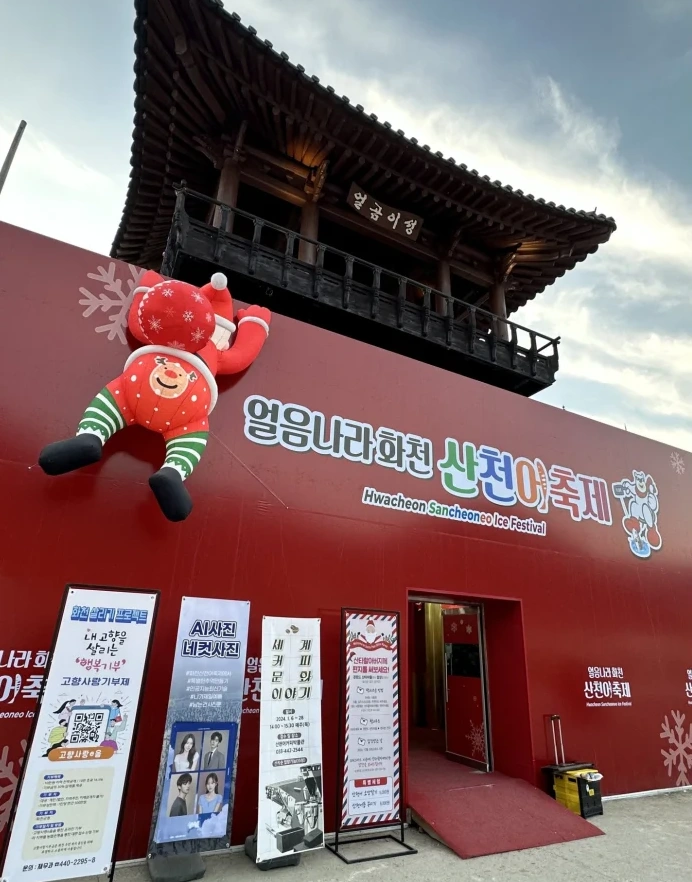
A Bite of History
Namulbap traces its roots back to Korea’s Goryeo Dynasty (918–1392), when royals and commoners alike gathered wild greens from nearby mountains. But it wasn’t until the Joseon era (1392–1897) that it became a staple in every household.
This was food born from scarcity but filled with wisdom—Korean families used what nature gave them, creating balance in both body and spirit. In many ways, Namulbap is the older, quieter cousin of Bibimbap, with a stronger sense of place and seasonality.
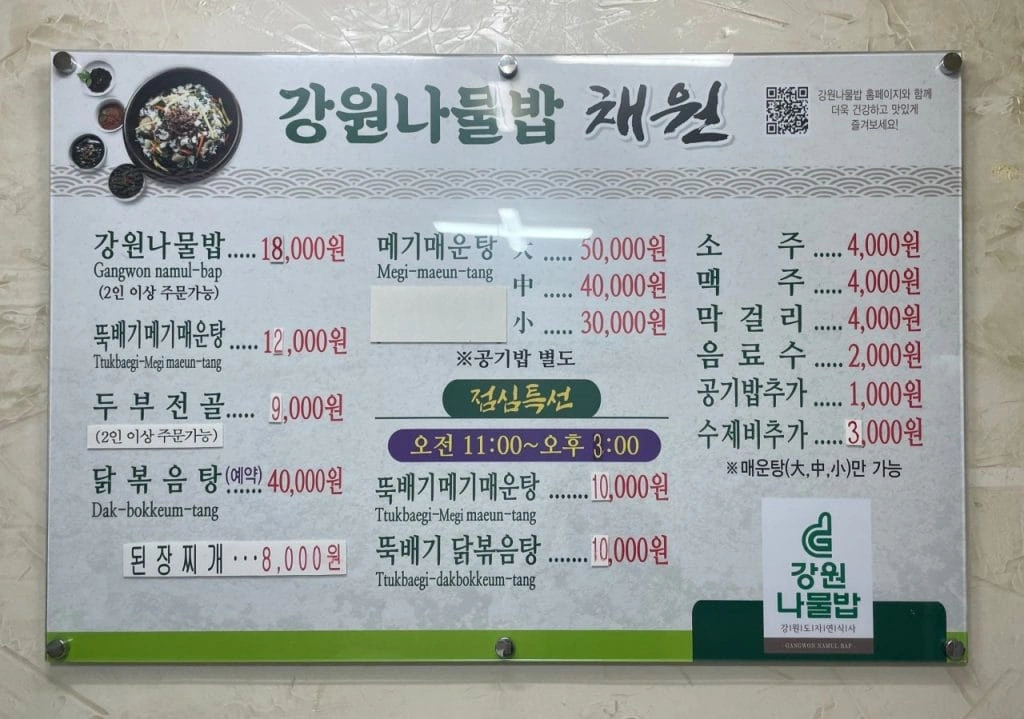
Finding Gangwon Namulbap in Hwacheon
During the Ice Festival, it’s easy to get caught up in the spectacle—ice slides, trout fishing, fireworks—but if you take a moment to slow down and warm up, Gangwon Namulbap is waiting right nearby.
Location
Just across the street from the main entrance of the Hwacheon Sancheoneo Ice Festival grounds
Hours
11:00 AM – 3:00 PM (lunch only)
Closed Mondays
Must-Try Menu
- Namulbap – The star dish. Wild greens from the nearby mountains, served in a hot stone bowl.
- Spicy Catfish Stew (Ddukbaegi) – Rich, warming, and packed with flavor.
- Tofu Hot Pot with Handmade Dumplings – Vegetarian-friendly and deeply satisfying.
Everything here is seasonal, local, and served with quiet pride.
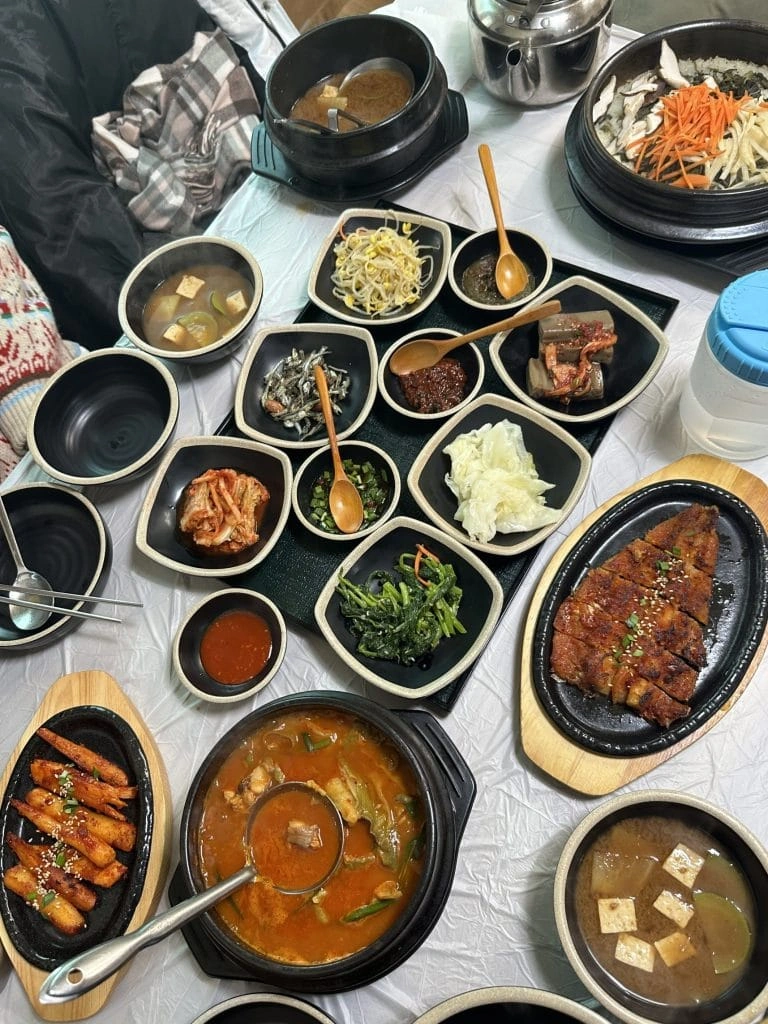
Health Benefits (That You Can Feel)
Namulbap isn’t just traditional—it’s nourishing on every level.
- Packed with Vitamins & Minerals
Seasonal greens like gosari (fernbrake) and doraji (bellflower root) deliver antioxidants and iron. - High Fiber, Low Fat
Keeps you full, supports digestion, and is great for energy without heaviness. - Immune Boosting
Ingredients like mushrooms and perilla oil have long been used in Korean medicine for immune support.
After finishing my bowl, I didn’t just feel full—I felt reset. Clean. Energized.
Final Thoughts: More Than a Meal
Namulbap at Gangwon Namulbap isn’t fancy. There’s no plating drama, no Instagram bait. But as steam rose from my bowl and I stirred together greens, rice, and sauce, I realized: this is Korea at its most honest.
A dish rooted in mountains, history, and care.
A meal that doesn’t try to impress—only to heal.
So if you find yourself in Hwacheon this winter, don’t just come for the ice. Stay for the warmth.
In the heart of snow and festival buzz, you might just discover your favorite bowl of rice.
This post was automatically translated from the original English version.
This post is also available in: 日本語 | 한국어 | Français | ไทย | Bahasa Indonesia | Tiếng Việt | Español | Русский | 中文 (中国)
